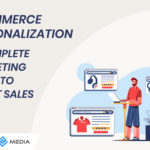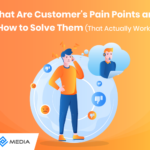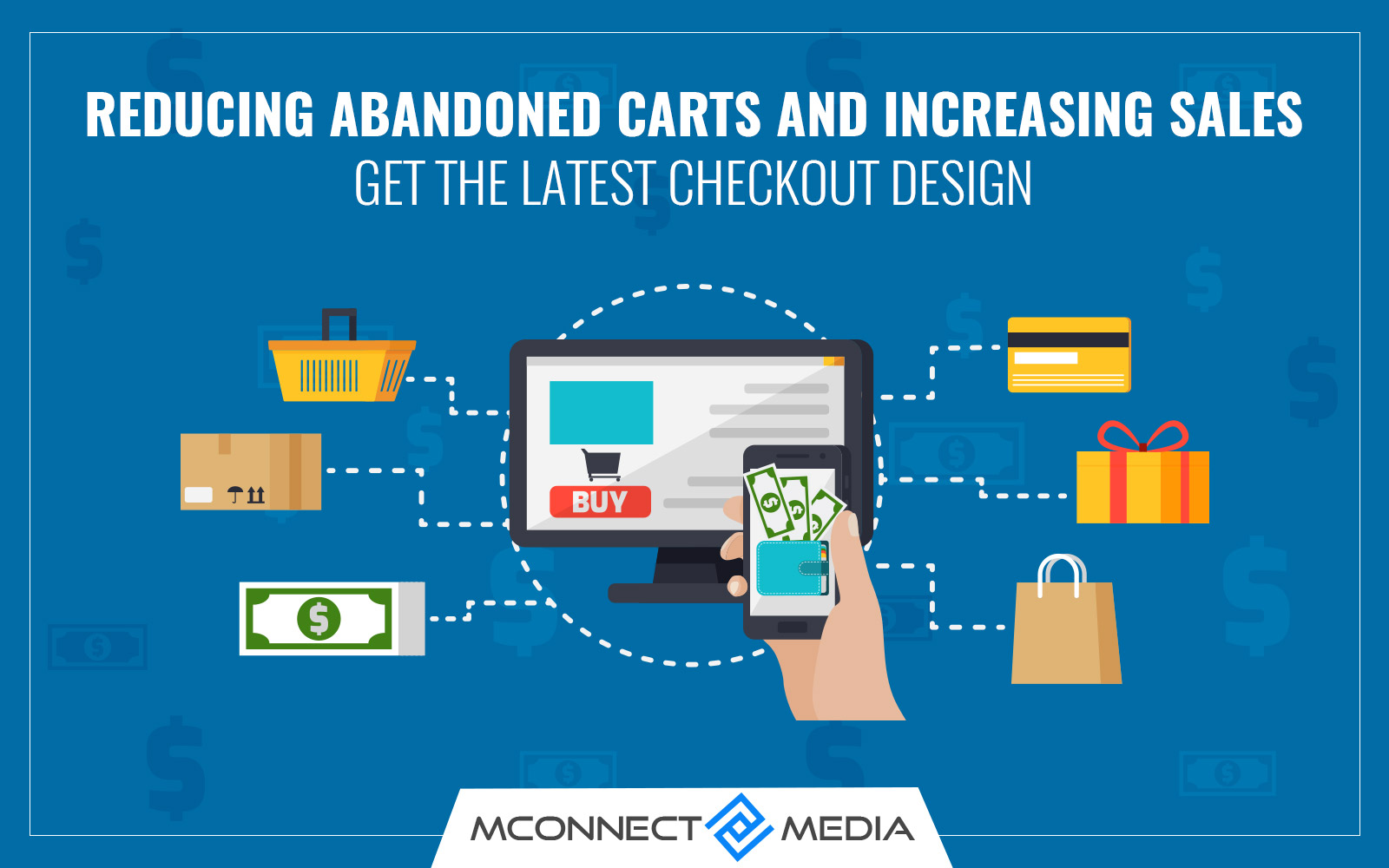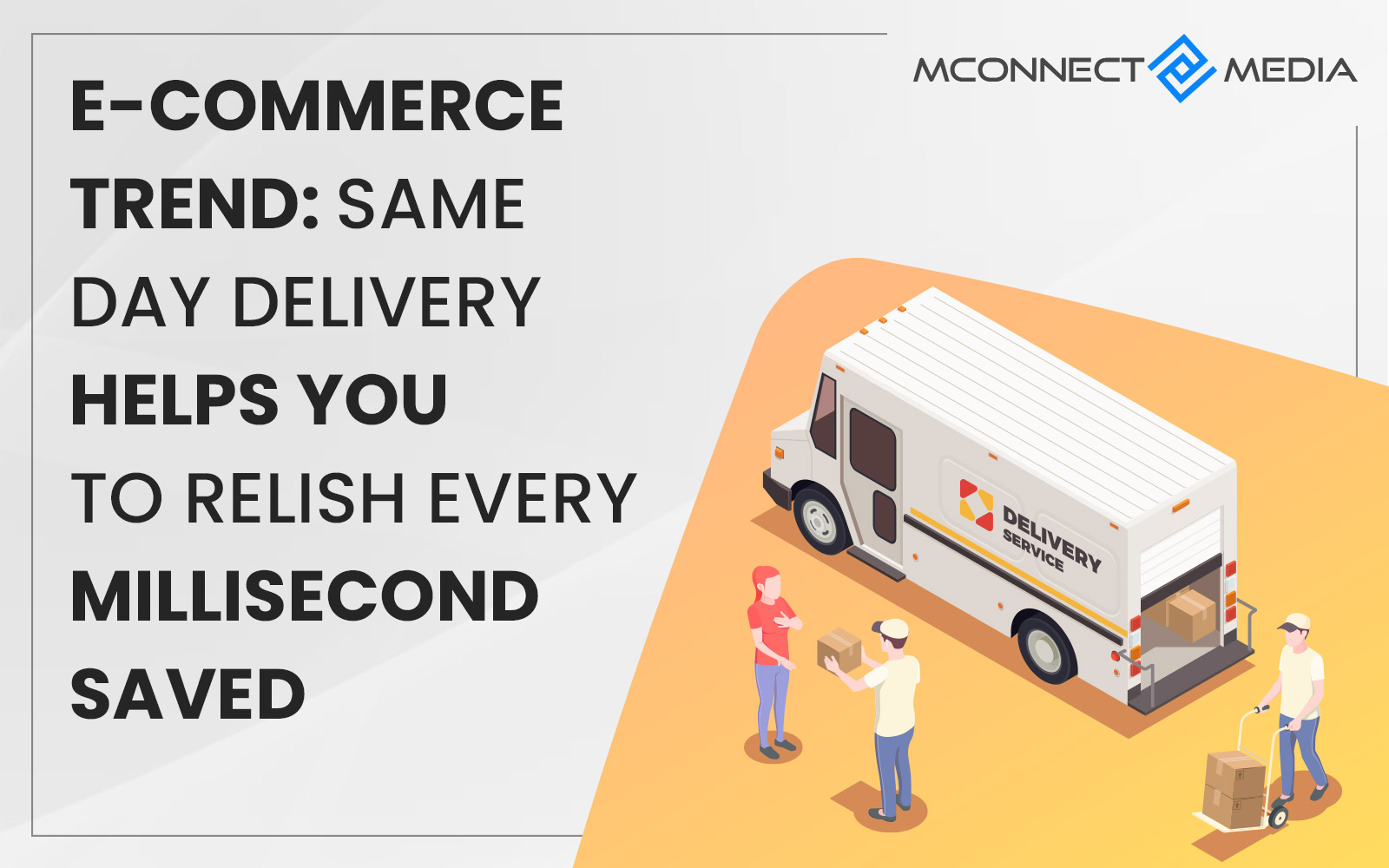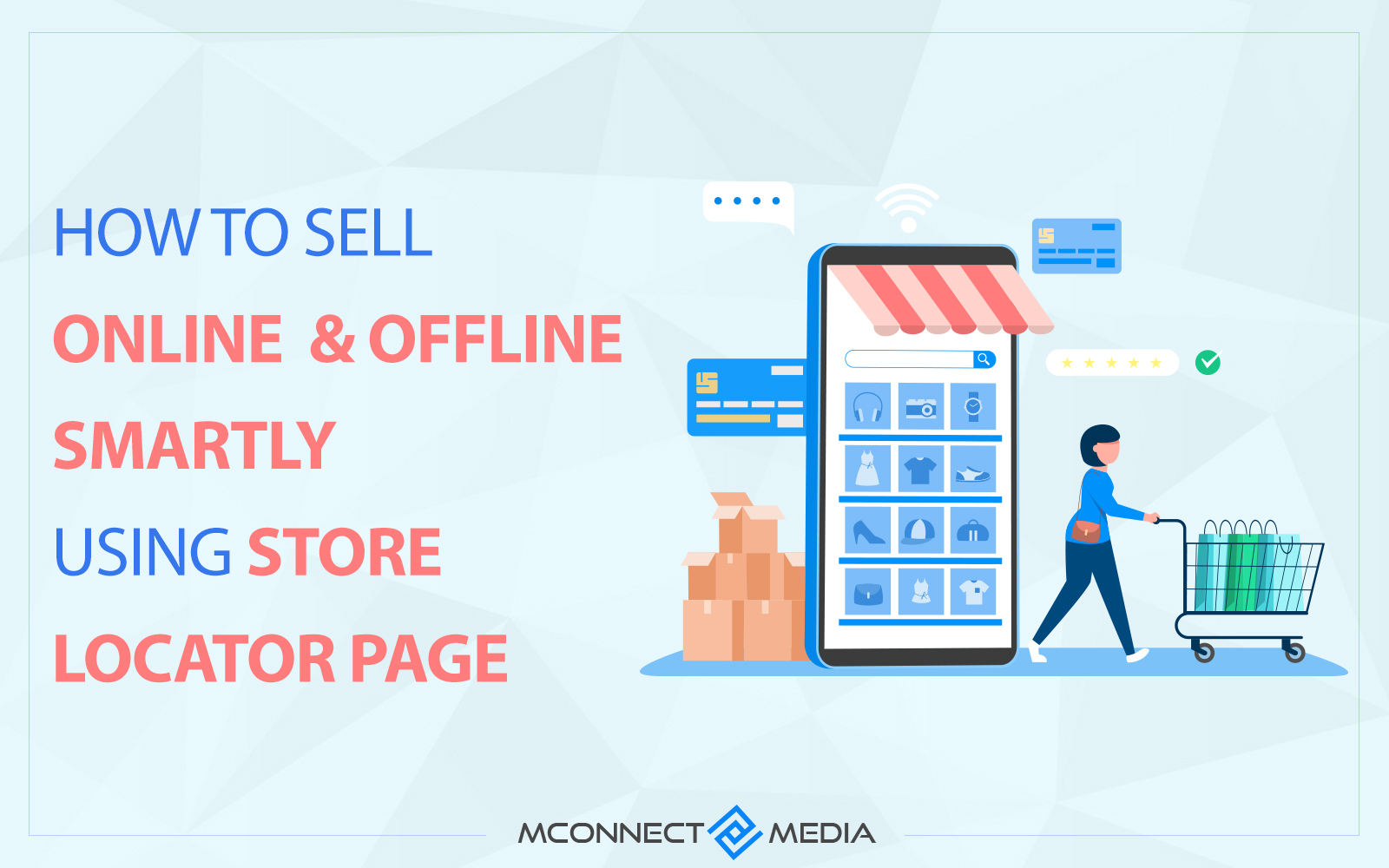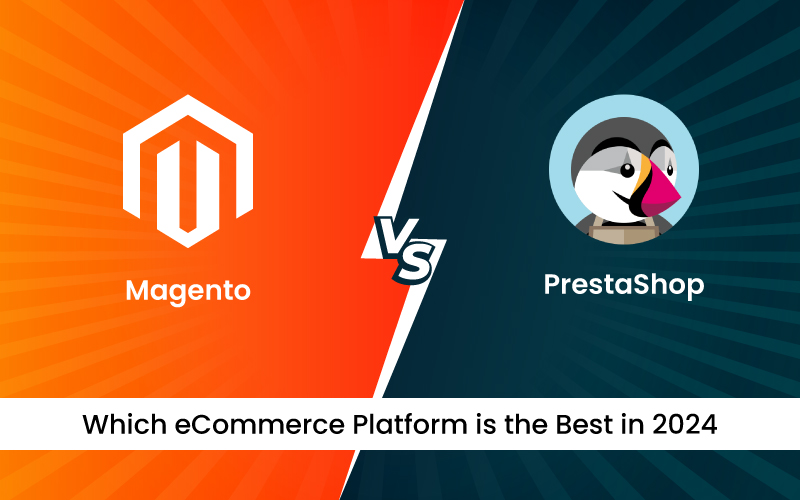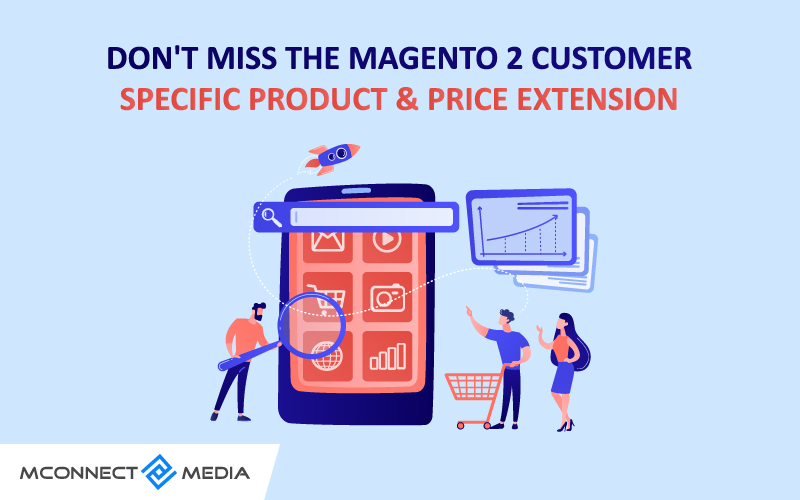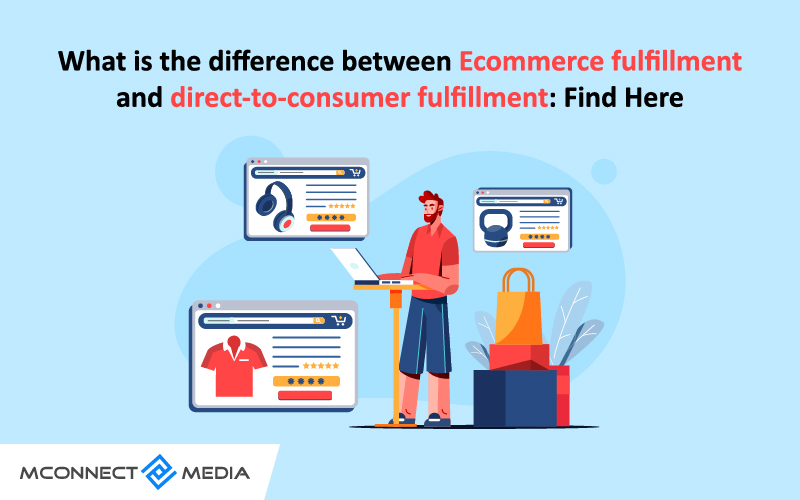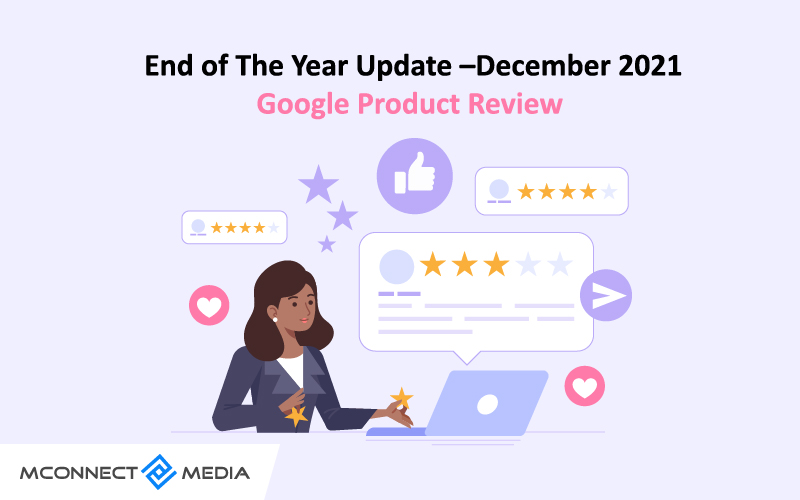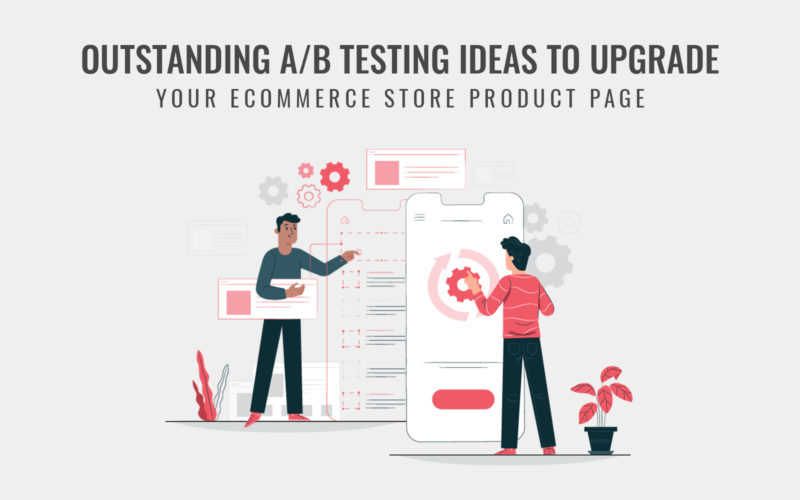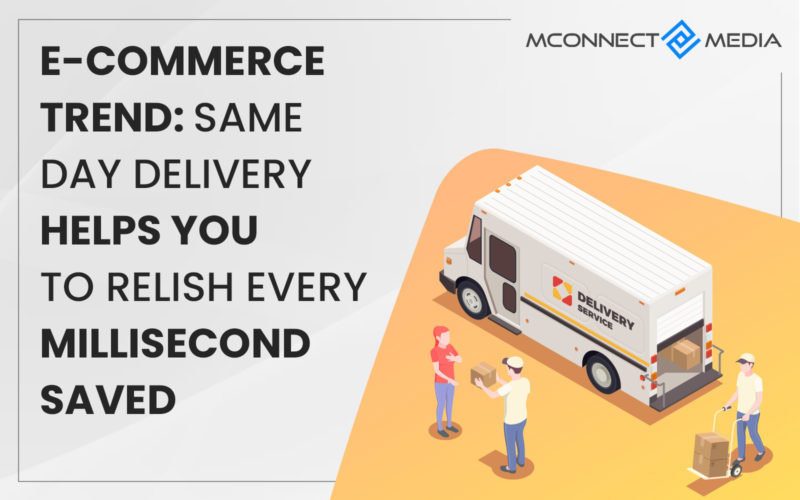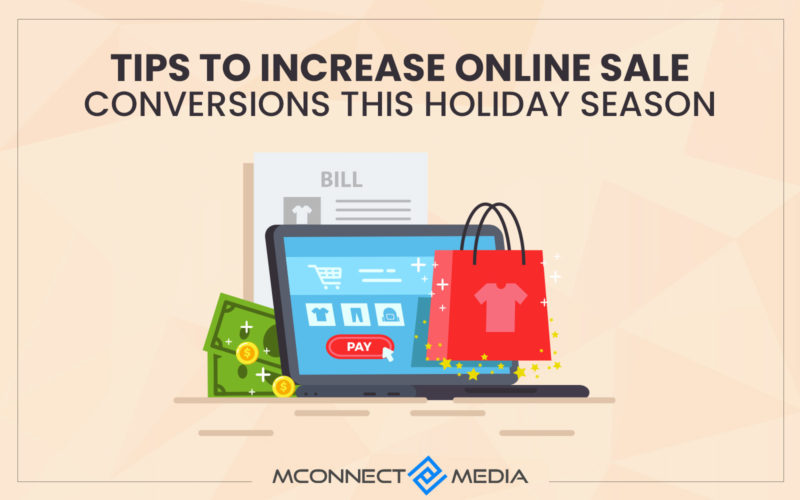In this day and age, you must employ an updated Ecommerce platform rather than a sluggish and stable platform with fewer features and restricted functionality. Replatform to a new eCommerce shop with amazing features and performance to improve the consumer experience.
When it comes time to upgrade to a new eCommerce platform, it is critical to seek migration services since many things might go wrong. Let’s say you are using Magento 1 (EOL) for your online store; then you have to Migrate to Magento 2 with the help of a Hire Magento Developer.
It is no longer a secret that shops face several issues while moving to a new version of the eCommerce platform, including visibility, ranking, and sales. Yet there is a way to prevent these issues; all you need to do is act appropriately and with complete devotion.
In this section, we will go through how to Replatform an online store with eCommerce migration. We will also inform you of the number of platforms available to you. Let’s get this party started!
What is eCommerce Replatforming and why is it important?
Simply said, Replatforming is the process of transitioning from one platform to another. The approach is used to increase the website’s performance, functionality, and usability. Replatforming is sometimes done to cut costs. Finally, Replatforming is the process of upgrading the platform’s functionality.
Ecommerce replatforming is the most effective technique to transition from an old platform to a new platform. You will receive an upgraded version of the eCommerce platform, which will substantially assist you in serving your customers. There’s no doubt that upgrading to latest platform will drive sales, traffic, and conversion for your online store.
While replatforming your existing system, consider the connectors you use and will require, as well as any holes in your present legacy system. Once you have that knowledge, you can assess what you require, what you desire, and what will provide you a competitive advantage. Even though you must consider your existing business situation, you may want to plan forward so that you do not need to replatform anytime soon.
Clearly, our first eCommerce website meets all of the fundamental standards while also doing well. As our eCommerce website expands, we discover that this platform is poorly built, sluggish, and incapable of meeting client expectations. You may also experience a rise in costs or have to pay for useless features, which will result in an increase in spending. Besides, you will realize that maintenance and upkeep are becoming difficult for your team.
Replatforming will take a significant amount of time and work. Furthermore, it will affect your whole eCommerce website, including admin navigation, appearance, speed, functionality, and many other aspects. It is critical that the replatforming process occurs at the appropriate time and for the appropriate reasons.
1. Schedule Project
After identifying which platform is suitable for the firm, the next step is to define precise business objectives. If you have a clear goal in mind, the relocation process will go more easily and effectively. The fundamental purpose of the migration project should be identified, and each part of the migration process, such as data and content transfer, app implementation, launch sequences, and so on, should have specified goals.
Once you’ve moved to the new platform, it’s time to plan a project and work on it to see if it provides superior performance. This implies you must determine whether it provides superior performance than previously.
2. Impact on business
The second and most significant factor to consider is how it will affect your business. Impact refers to how it helps you improve performance, increase revenue, and drive conversions.
This is the reason you should think about before replatforming your store to a new platform. So you must decide whether it will provide benefits and earnings to your online or eCommerce shop. As a result, bear these points in mind. Make sure that you will get a benefit from migration, and that will be worth the effort.
3. Customer Support
Regardless of how good your team is, you should be able to get appropriate customer care and assistance. You will be able to fix issues more quickly and efficiently this way. Your staff will assist you in developing your own solution. If you pick a full-service platform, support is included, allowing you to obtain the advice and answers you need to keep your eCommerce site running properly.
4. Choose the right company
Replatforming is a substantial effort that needs concentration and a focus on completing the entire process. That is why, in order to accomplish things correctly, you need collaborate with or employ an eCommerce Magento development business that offers an eCommerce migration service.
Therefore, when selecting a firm, keep in mind various criteria such as assistance, on-time delivery, and many others. Using an agency will not only assist you guarantee that the transaction goes smoothly, but it will also provide assurance that the finished product will be well optimised. The important thing is that you choose a Qualified Magento developer for the retailer’s preferred platform.
They are developers that will undoubtedly deliver industry-leading expertise, abilities, and experience in eCommerce migration services.
5. Possible improvements and needs
Replatforming is critical for every organisation, and it is not incorrect to call it an investment in your company. You should constantly go beyond the features you were utilising in your previous version and consider the long-term implications.
While you may provide a solution to the difficulties of your customers, there is a need for an enhanced version of your store that is up to date with current trends. Be certain that the tool you choose has a substantial influence on your current shop and assists you in adapting to market developments.
6. Make sure migration is secure
The second and most critical thing to guarantee is that the migration you utilise is secure and helps you reach your objectives. Some individuals believe that moving all of the items and customer data from the old store to the new site is simple. It is a fiction, and you should not imagine it is as hard as stone.
Also Read: Magento 1 to Magento 2 Migration: Frequently Asked Questions (FAQs)
The Final Verdict
Consumers today have a plethora of options at their disposal. eCommerce systems, such as Magento, Shopify, and others, are no exception. We’ve gone through a few things you should bear in mind while replatforming your shop.
Need help in migrating to Magento 2? M-Connect Media can help. We have a Magento support team who can help you in consultation and hire a Magento developer for your store. Contact us for more information.


